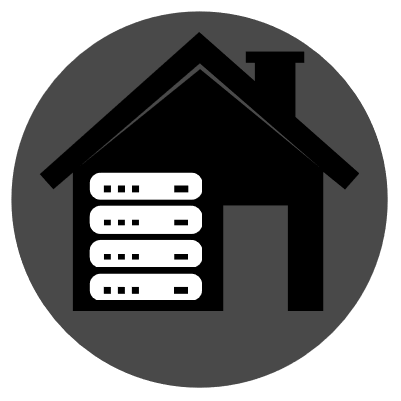

This is what FAFO in public looks like. Gold!


This is what FAFO in public looks like. Gold!


Hosting your own email server is a challenge, as DMARC, SPF and random hand waving by email companies (who should know better) make it needlessly problematic.
There’s also the issue of whether your home ISP allows inbound email ports (25/tcp, etc). A lot don’t.
It’s possible(?) a hosting provider can do decent email, but I tend to think of that like 1990s-era ISPs who provided email: liable to be discontinued at any time with little/no notice and not portable.
But it’s your call. Good luck.


Many email providers have an inbuilt tool that will handle all this for you.
Fastmail, for example. I switched to them 4-5 years ago, and the process of migrating over a decades worth of mail was straightforward and pretty quick.


I have Netdata running in a container, which has a useful all-in-one-pane view, and it does a good job of auto detecting other containers and the host OS. Its essentially zero config.
It also has alerting capability, which is not zeroconf (configuring it properly is a bit of a chore). 😅
They try to push a pro/paid version, but it’s subtle and completely optional (a bit like the way Portainer does it).


I agree with this. You can get a lot of hardware for not a lot, especially if you build your own.
If money’s not that tight, another option is a modern NAS that can run services and Docker. Depends on what you want to do with it in the long term: file server vs All The Services.
A few years ago it was time to replace my ancient NAS and I was tossing up between building a dedicated server with something like TrueNAS and Nextcloud, or opting for a QNAP or Synology that could do it all for me. Opted for a Synology DS920+ and haven’t looked back. It can’t do anything processor-intensive, but it nails it for everything else. I have ~30 Docker stacks running on it, including Wireguard, and SWAG for SSL+MFA external services. Synology Drive (GDrive) and Photos (GPhotos/Picasa) on Linux, Windows, Mac, Android and iOS let me ditch the last of my cloud services. It’s also running Plex Media Server, tying into an Nvidia ShieldTV as the client.


I’ve been running it in Docker for a few months without serious issue. The only problem I’ve seen is website with embedded YT videos and it not liking mixed HTTPS (site) and HTTP (my instance) on the same page, but that’s a CSP issue that can be worked around, depending on your browser or whether you run HTTPS on your network.
I’m using the quay.io/invidious/invidious:latest and docker.io/library/postgres:14 images and a docker-compose based on this one. The main difference I made was to use a real database directory rather than using a dynamic volume. But other than that, it’s pretty unchanged.
I also followed https://docs.invidious.io/redirector/ (rules 1-8) to redirect YT URLs to my instance.
Not sure it is the same kind of thing, but I’ve been using Homebank ever since the various personal financial management applications pulled out of the UK market.